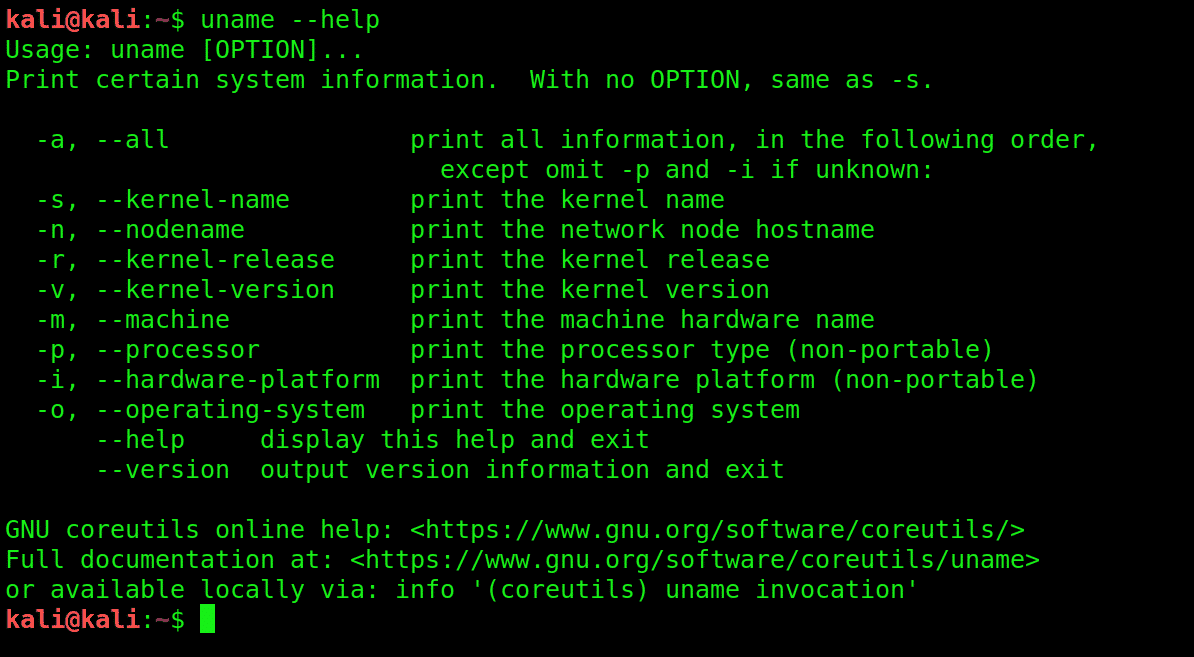

A Gnome user doesn’t have to sacrifice such a useful function, thanks to the command line.īut that’s not all command line does. As a result the user of x distro or DE hesitates in trying out other projects fearing they won’t find the same tools. One simple example is that Gnome’s Nautilus doesn’t allow batch rename of files where as KDE’s Dolphin does. When I was dependent on a GUI, I used to get worried whether that particular distro has that feature or not – it was all about certain features being exposed or hidden through the GUI. Then it desn’t matter whether you are on Ubuntu or Lubuntu.

Furthermore if we move between Fedora, openSUSE and Arch, it becomes even more complicated.īut once you understand that in Debian-based systems apt-get or dpkg are the commands that you need to manage software, life becomes easy. A user has to un-learn and then re-learn the process of doing the same thing while they hop between distros. Different desktop environments on the same distro need different ways to perform the same task. Just look at the derivates of Ubuntu, even if they use the same code-base they have different tools to do the same job. But as I matured as a user I found CLI (command line interface) was more efficient than fiddling with the buttons of a tool.ĬLI also allows users to be independent of distros. I agree that the graphical user interface (GUI) makes it easier for a user to interact with their system and that’s what new users may need to get started with Linux that’s what I needed when I was starting off with Linux back in 2005. Why is it a strength? There is no one answer there are many answers. One shell to rule them all, one shell to find them, one shell to bring them all and in the same distro bind them.Ĭommand line is one of the many strengths of Linux based systems.


 0 kommentar(er)
0 kommentar(er)
